Agriculture and Nutrition together for Health
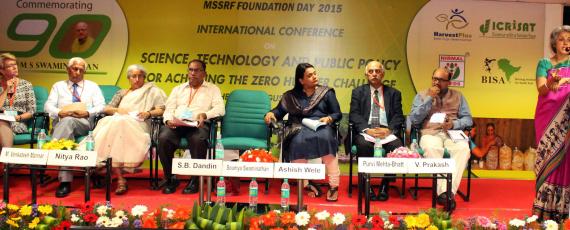
Foundation day for M S Swaminathan Research Foundation, Chennai, is in August ever year coinciding with Prof M S Swaminathan’s birthday. This year is his 90th birthday, and MSSRF hosted an International Conference on ‘Science and Technology and Public policy for achieving the Zero Hunger Challenge’ to commemorate the occasion.
One of the main sessions of relevance to LANSA, which kick-started the International Conference, was held on the morning of August 8. Titled ‘Agriculture, Health and Nutrition’, the session was chaired by Dr Marie Haga, Executive Director - Global Crop Diversity Trust, coordinators where RV Bhavani and Sangeetha Rajeesh from the LANSA team at MSSRF.
Two theme lead speakers - Prakash Shetty, Chief Executive - LANSA MSSRF and Howarth Bouis, Director - HarvestPlus IFPRI brought to light the importance of marrying agriculture with nutrition for better health.
Prakash, in his presentation on ‘Agriculture and food-based approaches to combat malnutrition’, highlighted the problem of global food insecurity and the even bigger problem of micronutrient malnutrition (hidden hunger). He emphasised the fact that both forms of malnutrition i.e. food insecurity and micronutrient malnutrition where serious problems in the South Asia region. He highlighted some of the pioneering work done in this area by Stuart Gillespie and his colleagues at IFPRI that demonstrated the various linkages and pathways between agriculture and nutrition and child health and reflected on the work of consortia research such as TANDI that has shown the disconnects between agriculture and nutrition in India. Prakash presented the research agenda of LANSA and how the DFID-funded Research Programme Consortium of international and regional partners in South Asia hoped to generate research evidence to influence policy and practice in this important region.
Howarth, the other lead theme speaker, said that the primary underlying cause for widespread mineral and vitamin deficiencies in developing countries was the failure of agriculture and food systems to provide an adequate supply of minerals and vitamins at affordable prices to low-income families. Illustrating how a varied diet was essential for good nutrition and health, he then drew attention to the fact that the cost of non-staple foods in a mixed diverse diet was unaffordable by the poor and that alternative staple based sources of minerals and vitamins are essential and need to be assured to vulnerable populations. Howarth highlighted the role of biofortification as a promising agricultural intervention that was the programmatic objective of HarvestPlus. He illustrated how biofortified staple crops could provide extra minerals and vitamins at no extra cost to farmers and consumers because the extra micronutrients are bred into high-yielding varieties of crops and are competitive with the varieties farmers were already growing.
There was some interesting discussion on these presentations that followed and convergences in the two presentations emerged since biofortification promoted by HarvestPlus is one of the levers promoted by LANSA in leveraging agriculture for better nutrition and health.
Brief presentations followed by an eminent international panel of experts
Venkatesh Mannar, formerly head of Micronutrient Initiative and currently President, India Nutrition Initiative, from Toronto, Canada, presented the global progress in food fortification. He highlighted the achievements in food fortification over the past two decades in India. Emphasising the need for advocacy and incentivising, he said, “production and marketing of fortified foods, engaging with the private and public sector organisations and investment in capacity building and human resources are vital in order to ensure that we eradicated micronutrient malnutrition.”
Purvi Mehta Bhatt, Head of Agriculture, Bill & Melinda Gates Foundation, spoke of how undernutrition negatively affects productivity and overall economic growth. She reiterated the need to pay attention to nutrition-sensitive agriculture and not just increase in productivity of food crops. She said, “Widespread drive for nutrition awareness, including nutrition as an essential component in the curriculum of agriculture universities and work profile of Krish Vigyan Kendras (KVK) is the way to go.” She concluded by stating that the need for a holistic perspective and evidence-based policymaking to address the challenge of undernutrition is imperative.
Soumya Swaminathan, the newly appointed Director-General of Indian Council of Medical Research, reconfirmed the fact that India had the “largest global burden of undernutrition in children and adults, and an important part of a nation’s development depended on the health of its people.” She stressed that the widely prevalent undernutrition is a formidable risk factor for many infectious diseases such as TB at the population level.
V Prakash of CSIR and IUNS, in his presentation, underlined the crucial role of food safety in our goal to achieve food and nutrition security. This was followed by presentation by Nitya Rao from University of East Anglia, UK, showcasing original data generated by LANSA on work and time allocation by gender. She highlighted key factors shaping the relationship between gender divisions of labour, time use and nutritional outcomes, especially of the young child. “Work is not just context and season-specific, but shaped also by male activity and contributions, local cultures and gender norms, as well as the overall poverty status of the household,” Nitya Rao said.
Ashish Wele of Nirmal Seeds, a private sector initiative to provide hybrid seeds of biofortified crops, presented the role of the private sector illustrating the achievements of Nirmal Seeds in marketing high quality seeds to farmers and promoting new biofortified staple seeds.
The last but not least contribution to this session was made by S B Dandin, Liaison Office -Bioversity International, India, who spoke of the important role that Bioversity International plays and that participation in programmes collaborating with local NGOs, ICAR Institutions, KVKs as well as custodian farmers are mainly aimed at addressing the issues of poverty, food insecurity, climate resilience and ecosystem sustainability.
Obliging to a request to present concluding remarks, Professor Swaminathan observed that while the goal of ending malnutrition was a general objective and the solutions must be tailored to local conditions. The Food Security Act in India, he said, had “helped widen the food basket by providing for inclusion of millets in PDS while the promotion of nutrition gardens / nutri-farms with naturally fortified crops, vegetables and fruits would for sure complement the effort. Crediting the attempt of the LANSA programme to demonstrate feasibility of a Farming System for Nutrition approach in this angle, he emphasised that management of diseases like HIV and TB should not be purely drug based, but should also include food supplements. Prof Swaminathan concluded saying there has to be “Concerned Social Responsibility to end malnutrition.”
The session was ably managed by Marie Haga ensuring that speakers stuck to their allocated presentation time, thus allowing for adequate space for audience questions and valuable interaction between participants.

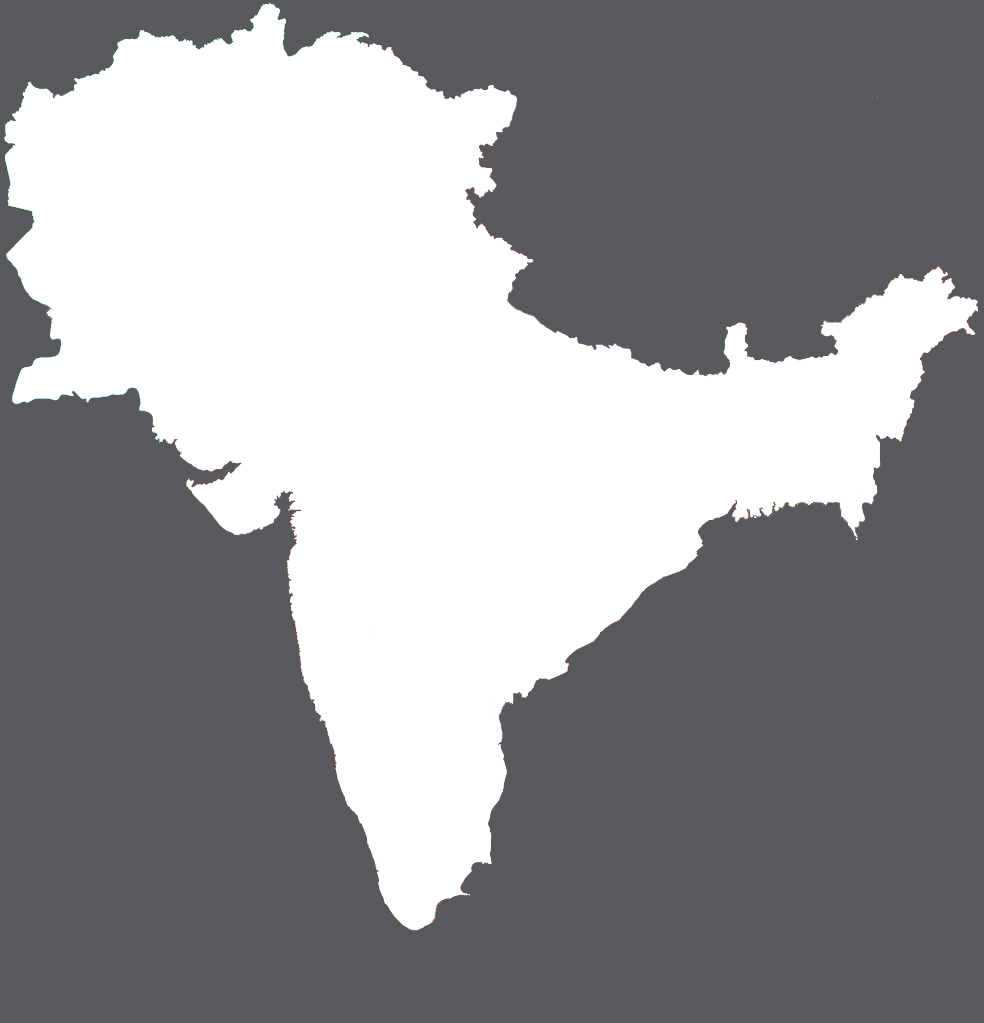
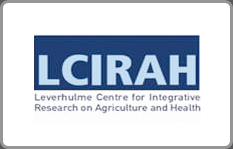
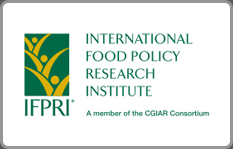
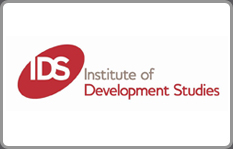
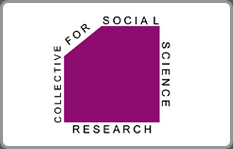

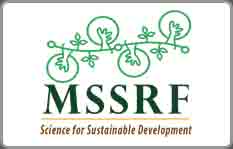
Add new comment